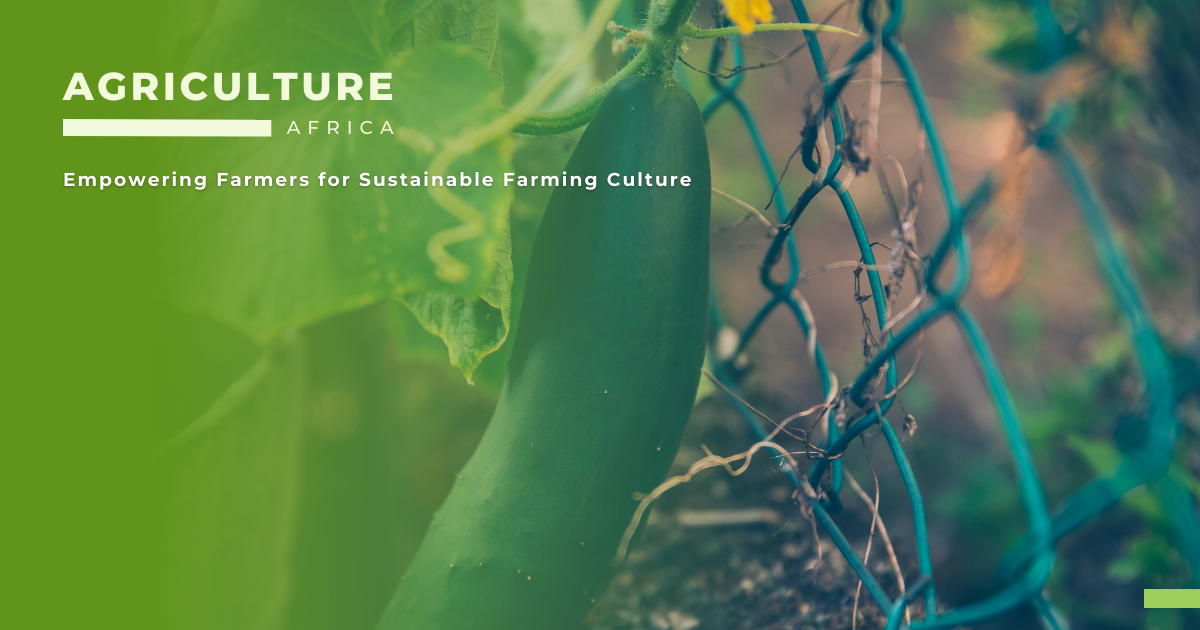Choosing the Best Plants for Hydroponic Gardens: Factors to Consider
Hydroponic gardening is an excellent alternative to traditional farming methods, providing farmers with numerous advantages such as increased crop yields, reduced water usage, and complete control over growing conditions. It is an excellent method for growing a wide range of plants in a controlled environment.
Not all plants are suitable for hydroponic systems. The right plants for your hydroponic gardens are essential to its success. This article will go over the best plants for hydroponic gardens as well as the factors to consider when deciding which ones to grow. We will discuss important factors such as pH balance, nutrient requirements, and space requirements so that you can make informed decisions about your hydroponic garden.
When it comes to selecting plants for hydroponic gardens, not all crops are created equal.

Factors to Consider When Choosing Plants for Hydroponic Gardening:
Before diving into the best crops for hydroponic gardening, it’s essential to understand the factors that impact plant growth in hydroponic systems. These include:
- pH balance: For hydroponic gardening, the ideal pH range is between 5.5 and 6.5. It is critical to maintain proper pH levels in order for plants to absorb nutrients efficiently and grow optimally.
- Nutrient requirements: To grow, hydroponic plants require a balanced and appropriate blend of nutrients. Plants typically require macronutrients such as nitrogen, phosphorus, and potassium, as well as micronutrients such as iron and calcium.
- Space requirements: Because space is limited in hydroponic gardening, it is critical to select crops that do not take up too much space. Crops that are compact and bushy are ideal for hydroponic systems.
When choosing plants for hydroponic gardens, factors such as pH balance, nutrient requirements, and space requirements must all be considered. Plants that are suitable for hydroponics have a pH range of 5.5 to 6.5. They also require specific nutrients to thrive, such as nitrogen, phosphorus, and potassium. Finally, because hydroponic gardens are typically smaller than traditional gardens, it is critical to choose plants that do not require a lot of space.

Best Plants for Hydroponic Gardens:
Now that we’ve discussed the factors to consider let’s dive into the best plants for hydroponic gardens:
- Leafy greens: Hydroponic gardening is ideal for leafy greens such as lettuce, spinach, and kale. They grow quickly, take up little space, and have shallow root systems, making them ideal for hydroponic cultivation. Lettuce is one of the most popular plants for hydroponic gardening because it grows quickly and takes up little space. Furthermore, lettuce prefers a pH range of 6.0 to 7.0, making it ideal for hydroponics.
- Herbs: Herbs such as basil, parsley and cilantro are also great for hydroponic gardening. They take up little space and produce a lot of money in hydroponic systems, making them a popular choice for commercial hydroponic farmers. They also require a pH range of 6.0 to 7.0, as well as specific nutrients like nitrogen and potassium.
- Tomatoes: Because of their high yield potential and rapid growth rate, tomatoes are a popular crop in hydroponic gardening. They require little space and consume a lot of nutrients, making them an excellent choice for hydroponic systems. Tomatoes are another popular hydroponic gardening crop because they can be grown in a controlled environment all year. Tomatoes require a pH range of 5.5 to 6.5 to thrive, as well as specific nutrients such as calcium and magnesium.
- Cucumbers: Because of their high yield potential and rapid growth rate, cucumbers are a popular crop for hydroponic systems. They require a moderate amount of space and are relatively simple to cultivate in hydroponic systems. They require a pH range of 5.5 to 6.5 as well as specific nutrients like potassium and phosphorus.
- Strawberries: Strawberries are a highly profitable hydroponic crop that grows well in both vertical and horizontal hydroponic systems. They take up little space and are extremely productive, making them an excellent choice for commercial hydroponic farmers. They require a pH range of 5.5 to 6.5 as well as specific nutrients like potassium and phosphorus.
Choosing the right crops is critical for hydroponic gardening success. It is critical to consider factors such as pH balance, nutrient requirements, and space requirements when selecting crops. Hydroponic farmers can maximise crop yields, reduce water usage, and grow highly profitable crops by selecting the right crops. So, if you’re thinking about starting a hydroponic garden, consider one of the crops mentioned above and prepare to reap the benefits of hydroponic gardening.
- “Hydroponic Lettuce.” University of Massachusetts Amherst Center for Agriculture, Food, and the Environment,
- “Growing Tomatoes Hydroponically.” Penn State Extension, .
- “Hydroponic Cucumbers.” University of Arizona Controlled Environment Agriculture Center,
- “Growing Herbs in Hydroponics.” University of Florida IFAS Extension, .
- “Growing Strawberries Hydroponically.” University of Florida IFAS Extension
- For More on Related Topics



